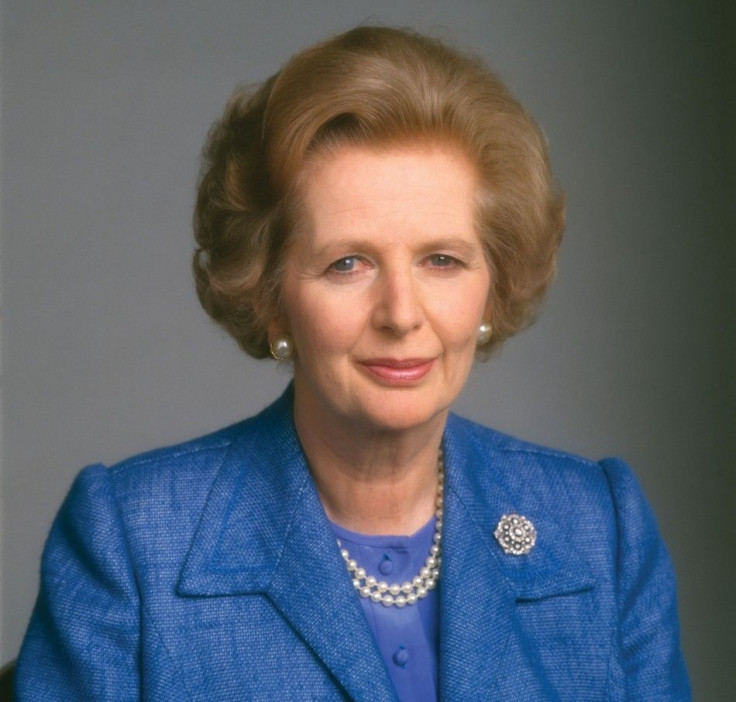British Unemployment: Far Worse During Early Days of Thatcher
OPINION

The number of people in the United Kingdom without jobs climbed by 80,000 to 2.51 million for July, with the overall unemployment rate standing at 7.9 percent.
In the wake of the rioting that tore across urban England last month, such figures are cause for grave concern, particularly among the youth (almost one million of whom are now jobless).
[These] figures underline the scale of the challenge that we face particularly given slower growth across Europe and North America,” said Minister for Employment Chris Grayling in a statement. “Unemployment remains lower than it was six months ago, but clearly we must continue to focus our efforts on supporting business growth and ensure that people who do lose their jobs have the best possible support to get back into employment.
Others offered a more ominous forecast.
John Philpott, chief economic adviser of The Chartered Institute of Personnel and Development, a British management and development institute, warned: It’s clear… that the UK jobs market is weakening significantly and that we can expect unemployment to continue to rise well into next year.”
Philpott added: ‘What’s most worrying is that the private sector jobs recovery has slowed markedly while the public sector jobs cull is accelerating rapidly.”
While the current unemployment picture looks very grim indeed, it pales in comparison to what Britain faced 30 years ago.
During the recession of 1981-1982, unemployment in Britain topped three million for the first time since the bleakest days of the 1930s Depression.
In January 1982, the UK government reported that about 3.07 million Britons were out of work, or about one-out-of-eight adults. Moreover, the jobless rate was far worse in the northern reaches of the country -- in Northern Ireland, almost one out of five were jobless, in most of Scotland, one-out-of-six were without work.
Britain’s jobless landscape was carved by three inexorable factors – rising oil prices, the global recession and the merciless restructuring of the economy, which cause massive job losses in such industries as mining and manufacturing.
Consider that in 1972 (only a decade before), the jobless total topped out at about one million.
Conservative Prime Minister Margaret Thatcher was blasted across the political spectrum for such unsightly unemployment numbers. The newly redundant workers were disparagingly referred to as “Maggie’s Millions.”
One of Thatcher’s most fervent critics was Michael Foot, the leader of the Labour Party.
When Mrs. Thatcher came into office there were five people chasing each job and that was bad enough,” he said at the time. “Today there are 32 people chasing every vacancy and in some parts of the country, it's double that.
The entrenched high unemployment, particularly among youth and minorities, were partially responsible for the riots and civil disturbances that swept through Britain in the summer of 1981.
Under the auspices of the welfare state introduced by economist and MP William Henry Beveridge in 1945, Britain enjoyed low employment until the emergence of the free-market enthusiast Thatcher in the late 1970s. Many unskilled laborers who had formerly toiled in shipyards and mines found themselves unable to find any work at all.
Thatcher battled high inflation, while fighting a seemingly endless war against powerful trade unions which protected jobs and industries she viewed as inefficient.
To fight inflation, Thatcher’s government raised taxes, pushed up interest rates and cut government spending. As a result, many manufacturing companies simply vanished.
After surpassing the three million barrier in early 1982, joblessness remained high well after the recovery. Indeed, by the end of the decade (during the peak of the economic recovery), more the 1.6 million Britons were still jobless.
© Copyright IBTimes 2024. All rights reserved.





















